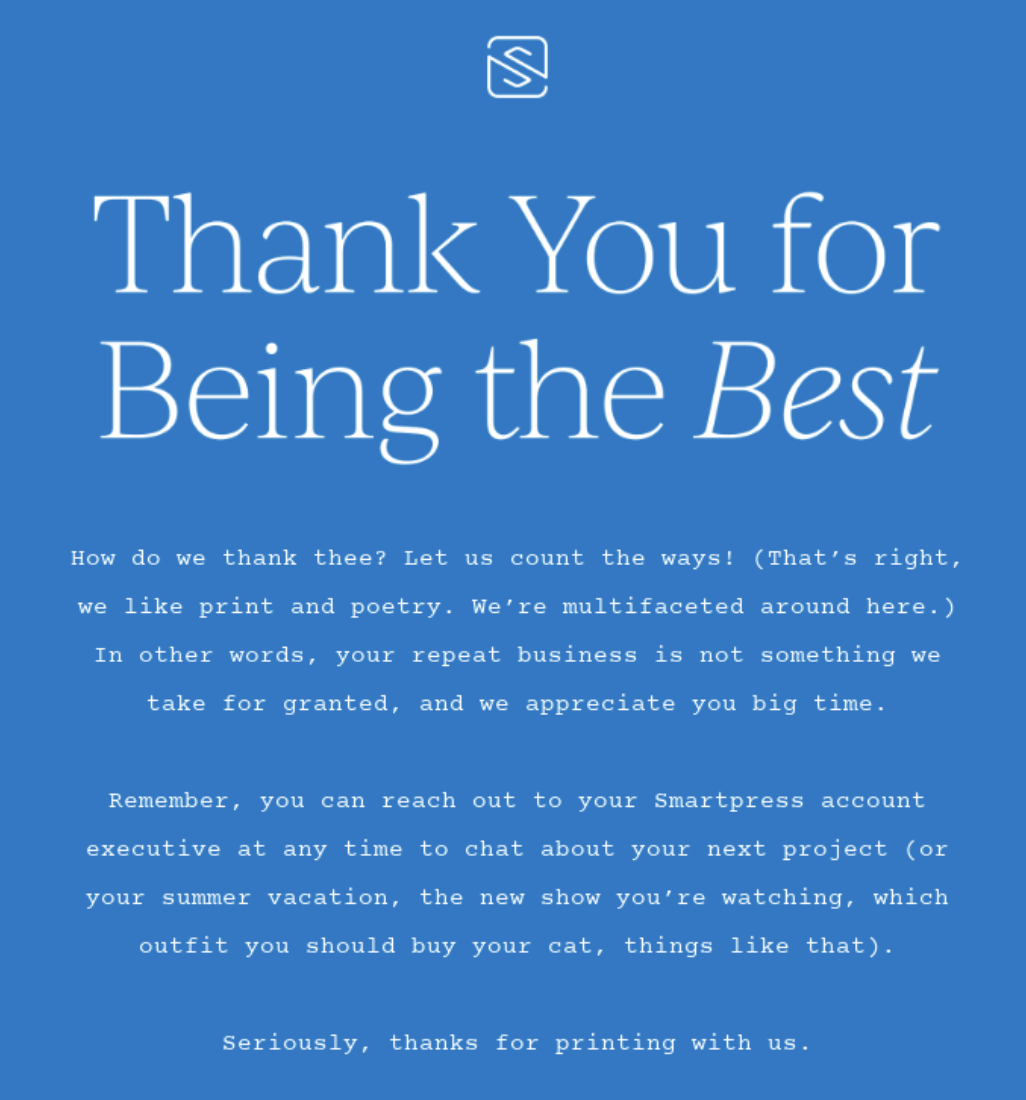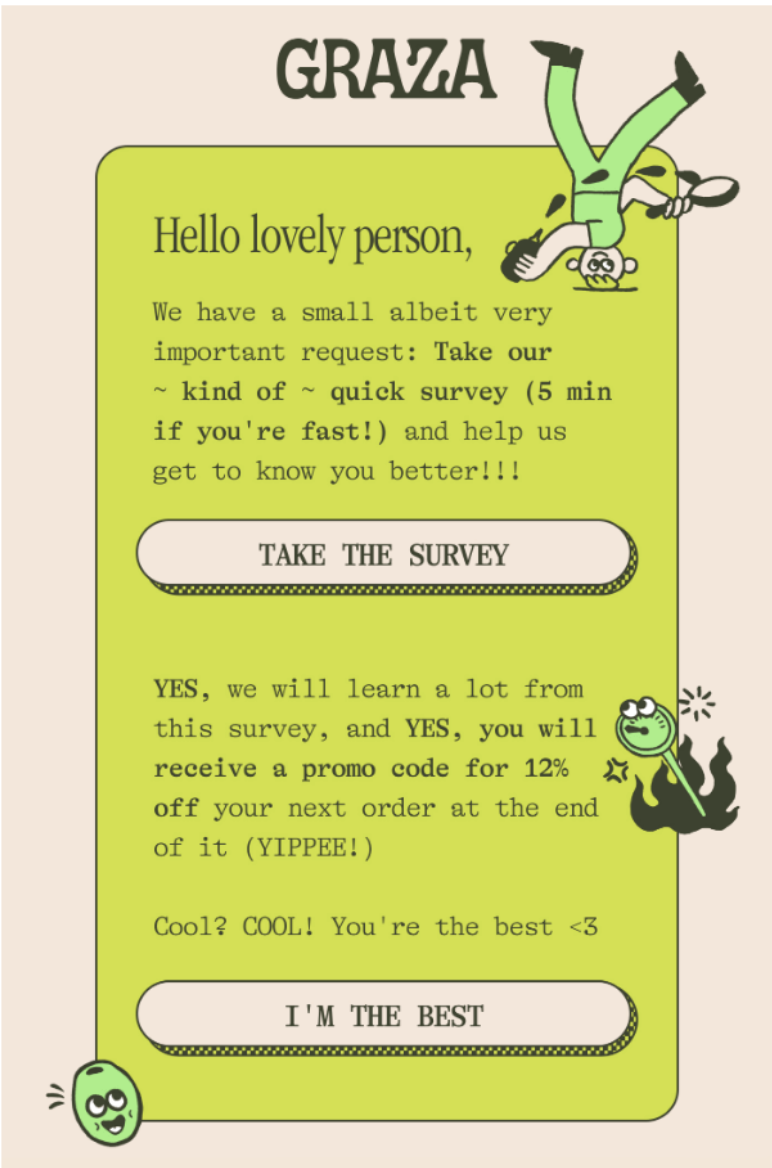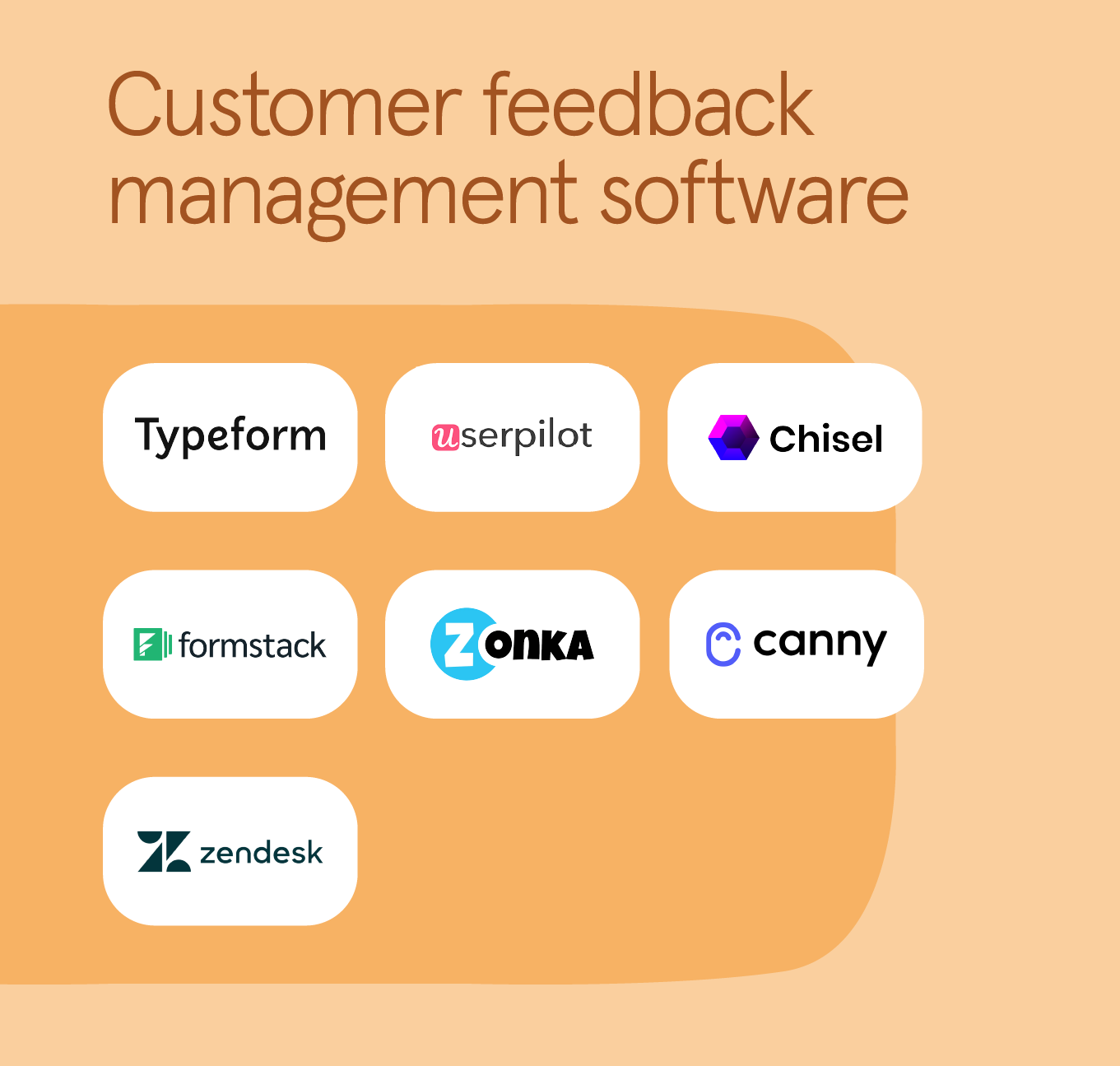Opinions and Expertise
Customer loyalty: 5 ways to stay on top of the gold rush
Every company dreams of a loyal customer fanbase—so how do you build customer loyalty? And how do you stand out from the crowd?<br>

The California Gold Rush of 1948 brought thousands of miners to the state seeking fortune after James W. Marshall discovered gold flakes in Sutter' s Mill. There was plenty of gold to go around—the prospectors just had to mine it.
And like those prospectors, brands today have access to their own gold rushes. The difference? Your gold rush comes from customers—specifically, loyal customers who:
- Do repeat business with you
- Spend more—and more often—than other customers
- Sing your praises to friends, family, and social media followers
So, how do you stay on top of the gold rush loyal customers bring with them? Build genuine and lasting relationships with your customers that inspires long-term loyalty.
And the best way to do this is to make your customers happy. Simple, right? Well, not necessarily. Customer happiness isn' t something to be achieved, rather, something to be cultivated.
Here are a few ways you can do that:
- Build trust. Customers won' t spend money with you if they don' t trust you. Being open and honest is a good start, but building trust is about actions. Do you deliver what you promised? Do you do what you say? Do you protect their data? All of these things contribute to creating two-way trust with your customers.
- Put customers at the center of everything you do. It sounds cliche, but if you want to keep your customers happy, they should be your top priority. Design products around them. Provide excellent service. Build customer journeys around them. You get the idea.
- Reward their loyalty. Don' t forget about your customers once they become customers. Those who stick with you for the long haul deserve just as much attention as new customers. Reward their loyalty with discounts, early access, and more.
The value of customer loyalty
Loyal customers give you some stability in the form of monthly or annual recurring revenue. But they also:
- Tend to be repeat customers who spend more
- Are sold on your business, reducing marketing efforts (and costs)
- Spread the word about your company to friends, family, and their social following
- Typically provide essential feedback to help you drive innovation and improvements
And that' s on top of the financial benefits they provide, like the 52% who go out of their way to purchase from brands that have their loyalty. Or the 43% who pay more for the products or services from the brands they love.
There are countless benefits to customer loyalty, but perhaps the most obvious and simplest is simply that: their loyalty. Your most loyal customers are often aware of your competitors and that they can get comparable products for less.
But they' re still choosing you. That' s invaluable.
5 simple steps to build customer loyalty
So, you know your best chance at building a loyal customer fanbase is to make—and keep—your customers happy. But we' re breaking it down even further into five actionable tips to help you quickly increase trust and loyalty among your existing customers.
1. Talk with your customers
You can assume what your customers think about your product, service, or brand. Or... you can talk directly with your customers to get rid of assumptions and start building authentic relationships with them.
Not only does clear and consistent communication show customers you value them and what they have to say, but it also gives you a wealth of information that can make you (your brand, your product) better.
Here' s the catch: if you make it challenging for customers to share feedback with you or they have to submit tickets to even get in touch with you, they simply won' t communicate with you.
Do this instead:
- Talk to customers where they are. Do customers always reach out on Instagram for customer support? Or only share their thoughts when you send feedback surveys? Pay attention to how, when, and where your customers like to communicate and do that.
- Leverage your CRM. Your database keeps track of customer data that makes personalization nearly effortless. Use it to tailor communications and treat customers as humans first by calling them by name or congratulating them on a milestone.
2. Reward loyalty
There' s a reason salespeople can make high commissions on every deal they close. New customers are invaluable. They bring in more revenue, and, if you do everything right, they might refer other customers your way and become loyal customers themselves.
But don' t get distracted by the shiny new customers. Yes, you need to support and nurture them. You should roll out the red carpet to ensure customer satisfaction from the get-go. But that doesn' t mean you should just put your loyal customers on autopilot.
Customers who stand by you should be rewarded. Instead of giving your new customers all the best deals and special offers, treat your loyal customers like the VIPs they are and spoil them, too:
- Give them great deals and incentives
- Communicate regularly
- Check in to make sure they' re still content with your product
- Acknowledge and celebrate their milestones or anniversaries
Show loyal customers that it' s worth it to remain loyal by letting them know you still value them and their continued business. A little appreciation goes a long way toward sustained loyalty.
3. Provide extraordinary service
" You get what you pay for!" We all expect a cheap McDonald' s meal to be greasy and lower quality than a steak from a 4-star restaurant because... you get what you pay for.
But, no matter how affordable your product is, customers expect superior service. Always.
Giving customers what they ask for is no longer a sign of good service or something to brag about—it' s the new baseline. And if you give customers only what they ask for? You can lose customers fast.
We have higher expectations these days, and, as a company, you' ll need to go above and beyond to measure up against your competitors and have any chance at customer loyalty.
A few ways to do that:
- Treat people as more than transactions—there is a person behind every customer, every purchase
- Go beyond basic, delivering customer support that does more than simply what they expect
- Listen to your customers
- Follow up to ensure you' ve resolved any issues
- Ask customers about their experience with you and how you can improve
These can all help you prioritize customers and deliver the service they expect and beyond.
4. Embrace feedback—positive and negative
Who doesn' t love praise and positive feedback? We enjoy when our customers tell us how much they enjoy our product. Or when their customer satisfaction scores are through the roof.
But taking in negative feedback? Not so easy. While criticism and angry customers can be challenging to navigate, the best companies embrace this feedback and use it to fuel everything from creating a more tailored customer journey to a smoother customer service process.
You should too.
And remember, even if you' re dealing with a tough customer, keeping your cool and providing quality service creates a lasting impression that could potentially turn things around.
When customers see that you' re willing to work with them—even when they' re unhappy—they see that you will go above and beyond to make things right... which builds loyalty, too.
Pro tip: Actively seek criticism and take it as a chance to win back a customer.
5. Be proactive
Whether it' s communication or seeking feedback, being proactive is the best way to create an open, honest relationship with your customers (which plays into customer loyalty). We' ve got a few suggestions on how you can seek out feedback from customers:
- Use customer feedback tools to gather insightful data that can help you understand your customers and how to turn them into loyal followers.
- Leverage feedback to build better products and services that meet the needs of your target customers.
- Get creative in how you ask questions to uncover deeper or hidden insights—open-ended, multiple-choice, and rating questions can help you get to know your customers better.
While feedback from any customer can be valuable, keep in mind that a single customer doesn' t speak for all. Don' t make the mistake so many brands make: believing that a few happy or high-profile customers speak for all your customers.
Send a voice of the customer survey to a large sample of customers to gather data about customer sentiment, your product, your brand, and more. Once the results are in, do something with the data. Customers took time to tell you how they felt. The least you can do is implement the feedback you' re seeing over and over.
Customer loyalty doesn’t start with the customer
Customer loyalty is all about the customer, right? Wrong. Sure, some customers may be loyal solely because they think you' ve created the greatest product on planet Earth. But those are few and far between.
Your most loyal customers don' t always start out that way. They became loyal because you have a great product or service they love. You ask for their genuine feedback and make changes based on that feedback. Your customer success and support teams do everything to help them achieve their business objectives.
That is where customer loyalty begins... with you. So, start with you and watch as you create your own gold rush, one customer at a time.





.png)
.png)